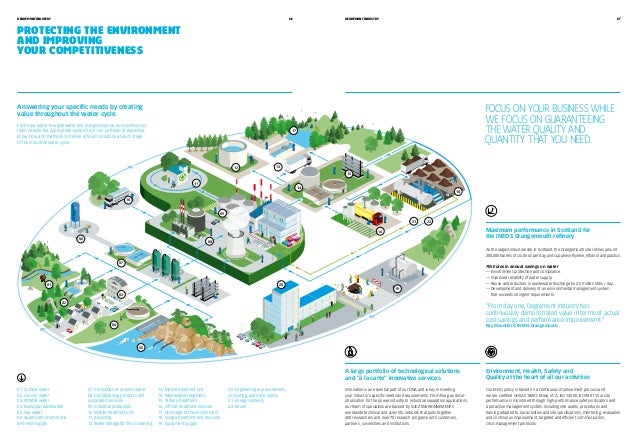Epcor Rain Barrel Program Cleveland
This year's EPCOR Rain Barrel sale is a joint initiative between EPCOR and RONA. The one-day sale takes place on Saturday, May 26 at three RONA. Language / Region. Select your region and your language for a more personalized Stantec. Technical Architecture Modelling Tools In System there. com experience.
Stormwater (rain and snow) flushes material into storm drains, including trash, dirt, oil and other pollutants. Some stormwater goes to water treatment facilities and is treated and released into Lake Erie, clean and clear. However, when rains are heavy sewers can overflow, sending untreated water - including raw sewage and other pollutants - directly into the lake. An increase in the frequency of storms, as predicted for northeast Ohio in the future, means there will be more stormwater to manage. Stormwater management practices are used to delay, capture, store, treat, or infiltrate stormwater runoff. Residents and businesses are encouraged to consider a variety of strategies to help sustain a dependable supply of clean, safe drinking water.


Examples include the use of water efficient technologies (low flow toilets, waterless urinals, etc.), rain barrels, and green cleaning products. Green space improves the quality of place and quality of life for its residents, a main driver in economic prosperity and a crucial factor in retaining and attracting residents to a city plagued with depopulation. In addition, stewardship of green spaces, such as parks and natural areas, enhance the city’s potential to attract tourism and to increase its profile as a green-tourist destination. Green space also lowers the city’s footprint, improves air quality, preserves natural habitat and biodiversity, as well as strengthens the resilience of neighborhoods and increases property values.
Cleveland Tree Plan In 2015, The City of Cleveland, Western Reserve Land Conservancy’s Thriving Communities Institute, LAND Studio, Holden Arboretum and Cleveland Neighborhood Progress created the Cleveland Tree Plan. This Plan lays out the roadmap so every neighborhood in Cleveland will experience the many benefits of a more healthy urban forest. Cleveland is in the midst of a revitalization to improve the quality of life for all citizens and tree canopy is an important element of all these efforts.
On Arbor Day 2017, Mayor Frank G. Jackson announced, on behalf of the, citywide goals of 50,000 trees by 2020 and an increase in canopy coverage from 19% to 30% by 2040.
Watercourse Protective Zone Per EPA requirements, the City of Cleveland is developing a Watercourse Protective Zone, which will lay out standards and best practices for managing stormwater at development projects in specified riparian areas. The Watercourse Protective Zone will play a critical role in ensuring a clean Lake Erie. Construction and Post-Construction Site Storm Water Runoff Control This ordinance includes permitting requirements related to stormwater management for new construction. Additional information is available from and the Northeast Ohio Regional Sewer District Riparian Setback Ordinance In 2016, the City of Cleveland established riparian setback areas to help protect its streams, lakes, and wetlands. Rain Barrel Program City of Cleveland residents may be eligible for free! In partnership with, NEORSD, Youth Opportunities Unlimited and the Mayor’s Youth Summer Employment Program, at least are distributed to Cleveland residents each summer.
Both the residents and YOU youth employees are educated about the Lake Erie Watershed, stormwater capture, and other aspects of water sustainability. Rain gardens have also been established in several locations to capture stormwater and educate residents, businesses and other organizations. A rain barrel is a form of stormwater management that collects rainwater by diverting some of the water from your downspout into the barrel. The collected water can be used for various purposes, such as watering gardens/lawns or washing cars.
Up to 40% of summer water use is for irrigation, so the use of rain barrels is an important contribution to water efficiency. Permeable Pavement Systems The Division of Parks installed three permeable pavement and paver parking lots (Morgana, Kennedy and Impett parks) in 2009 and 2010. Game Over Dealing With Bullies At School. These lots significantly reduce the amount of stormwater that flows into Cleveland sewer systems, which reduces the strain on the sewer infrastructure. Big Creek Watershed Plan The Big Creek Balanced Growth Plan was developed as a multi-year effort of five municipalities, including the City of Cleveland, working with the Cuyahoga River Community Planning Organization and the.